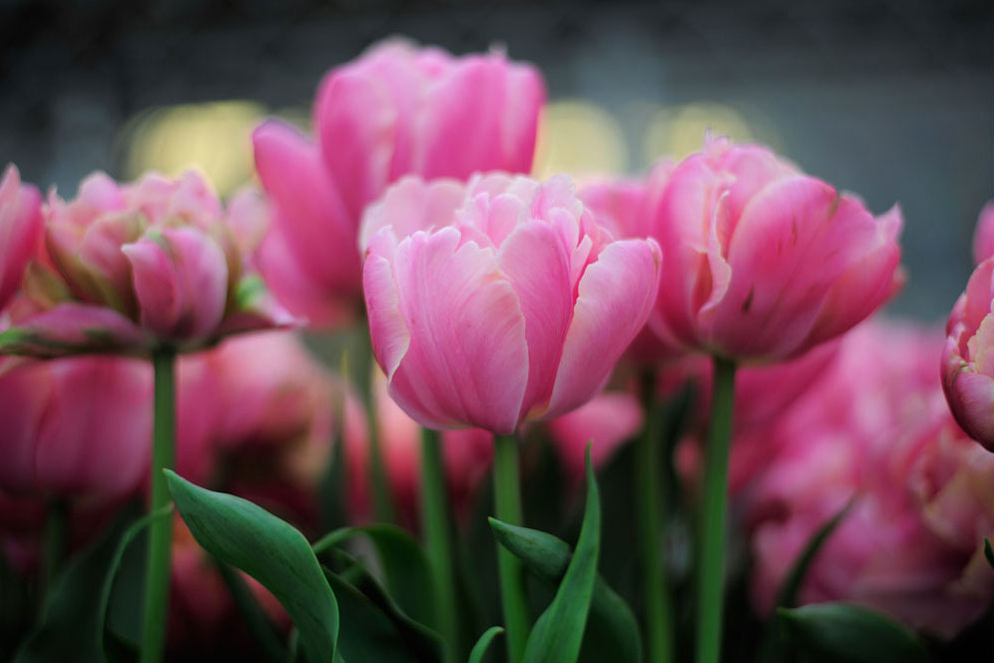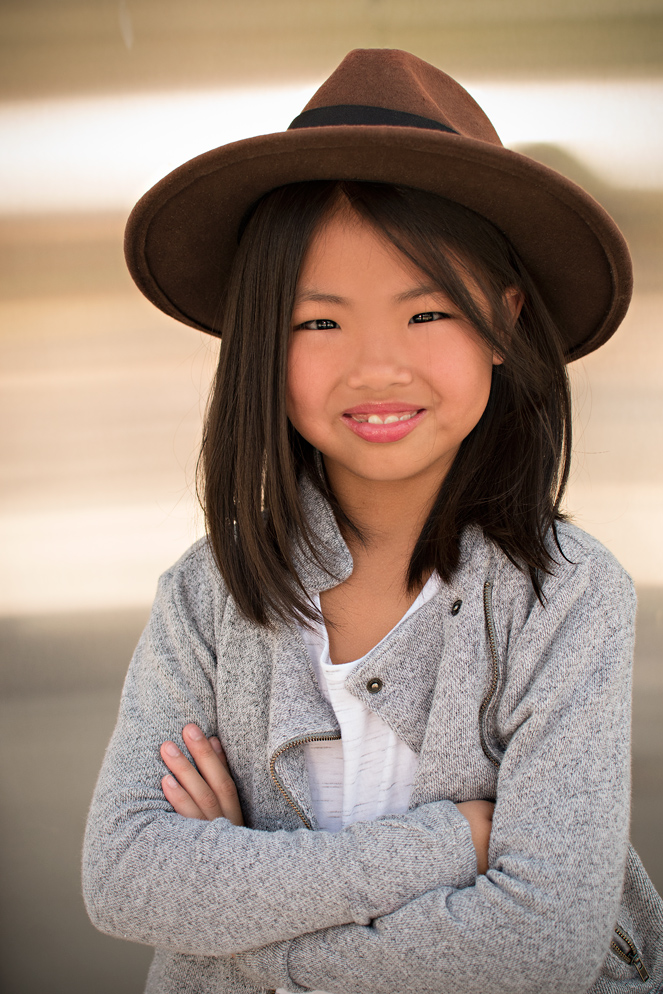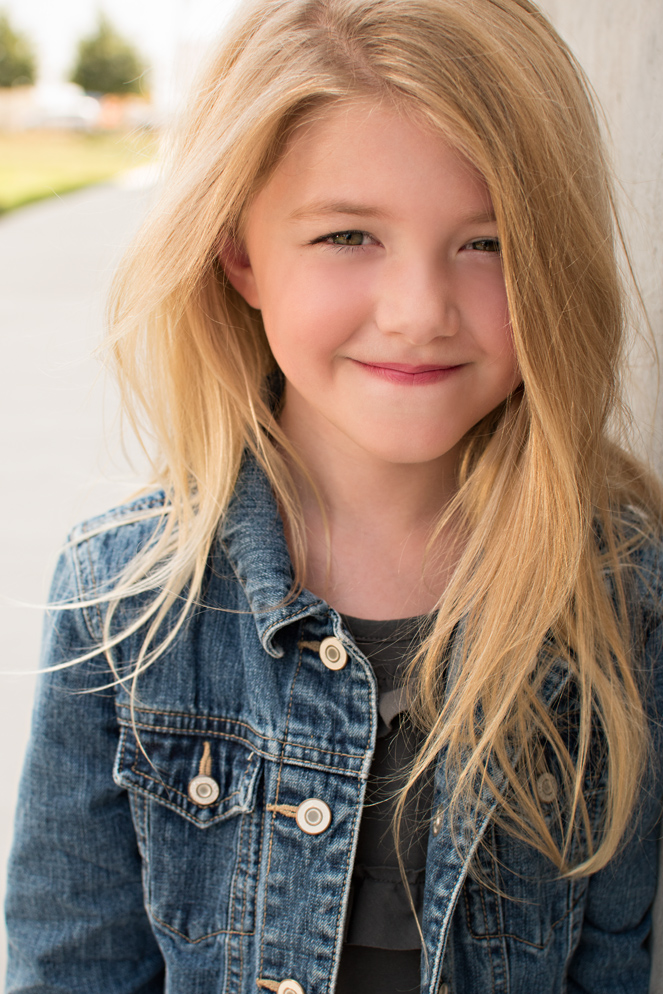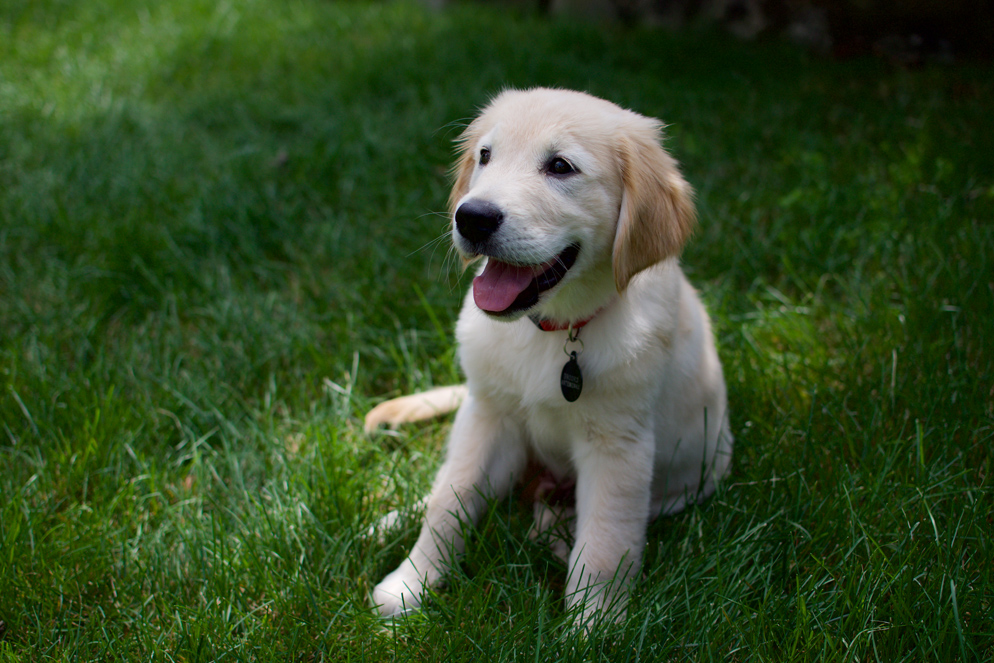Creating Bokeh in a Photo with the AF-S DX NIKKOR 35mm f/1.8G lens
Professional photographers often talk about the “bokeh” (pronounced Bo-kay) of a lens or the bokeh in a photograph but I bet you’re asking yourself what is bokeh and why is it important?
Simply put, bokeh is the effect of a soft out-of-focus background or foreground that you get when shooting a subject. The lenses usually associated with bokeh are fast lenses like the AF-S DX NIKKOR 35mm f/1.8G lens. The f/1.8 aperture is what makes this lens fast. Smaller numbers, like f/1.4, f/1.8 or f/2.8 correspond to wider apertures and the wider the aperture of a lens the faster that lens is said to be.
These "fast" lenses have wider apertures than the lens that likely came with your camera, making it much easier to create images with pleasing bokeh than your kit lens.
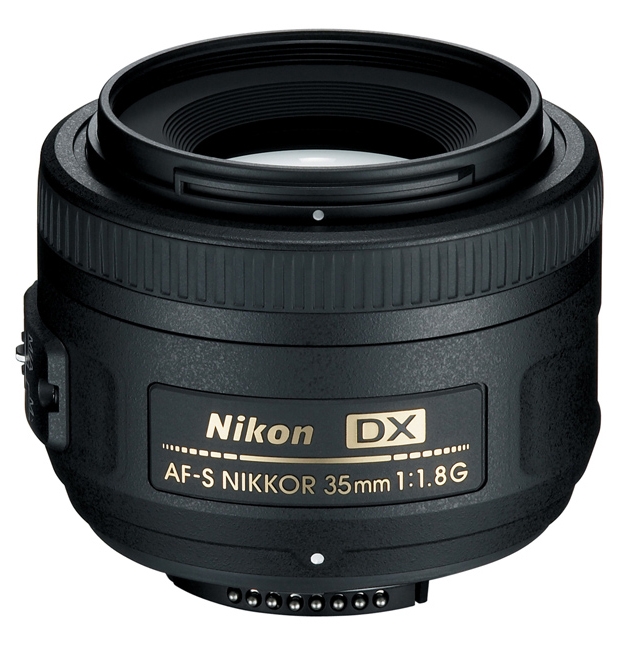
Sometimes bokeh is very noticeable—like the out of focus, soft blobs of light that may be in the background of a photograph. That’s bokeh. And, sometimes bokeh is less noticeable, there’s just a pleasing quality to the out of focus background of an image.
The 35mm lens is ideal for taking images with a pleasing bokeh because it's a fast lens, with a wide aperture of f/1.8; portraits of people or animals, groups of people, flowers, landscapes, nature and architecture are all great subjects for this lens.
The bokeh in the background of this photograph complements the subject.
Bokeh in a photograph can be viewed as softly blurred backgrounds. The trees and grass in the distant background are blurred but distinct enough that we can still make out what they are.
Wide open apertures like f/1.8 have shallow depth of field, which means that only the subject you’ve focused on and a small area in front of- and behind- the subject will be in focus. That means that the background will be out of focus and the further your subject is from the background, the more out of focus it will appear. If you place your subject relatively close to the background, you may be able to make out the trees or buildings behind them, but if the background is pretty far from the subject, it will appear as soft-looking areas of color.
We call this a separation of the subject from the background and it's a technique that is often used to place extra emphasis on a subject. Another term for this is bokeh.
The puppy in this photograph is sharp, as is the grass in the foreground but as you look at the grass behind the puppy, you see it get blurrier as you look further from the puppy, helping to make the little guy stand out.
A photograph doesn’t have to have very noticeable bokeh to be pleasing. The added depth of field means that the bokeh is visible in the trees in the distance behind the subjects.
To easily control the aperture selection of the lens, put your camera into Aperture Priority (A) mode, which will let you control the aperture and the camera will select the appropriate shutter speed for a good exposure. If the shutter speed is too slow, increase the ISO. ISO is the sensitivity of light to the image sensor in the camera. Learn more about ISO here.
Your kit lens is great for everyday shooting but it doesn’t allow for the creativity that a faster lens like the AF-S DX NIKKOR 35mm f/1.8G will. Faster lenses also allow you to take pictures in lower light.
Adding a lens like the 35mm f/1.8 lens to your camera bag will give you the opportunity to be more creative and take more unique photographs than you would have been able to with only the lenses that came with your camera.
To read more, check out this article on bokeh.

